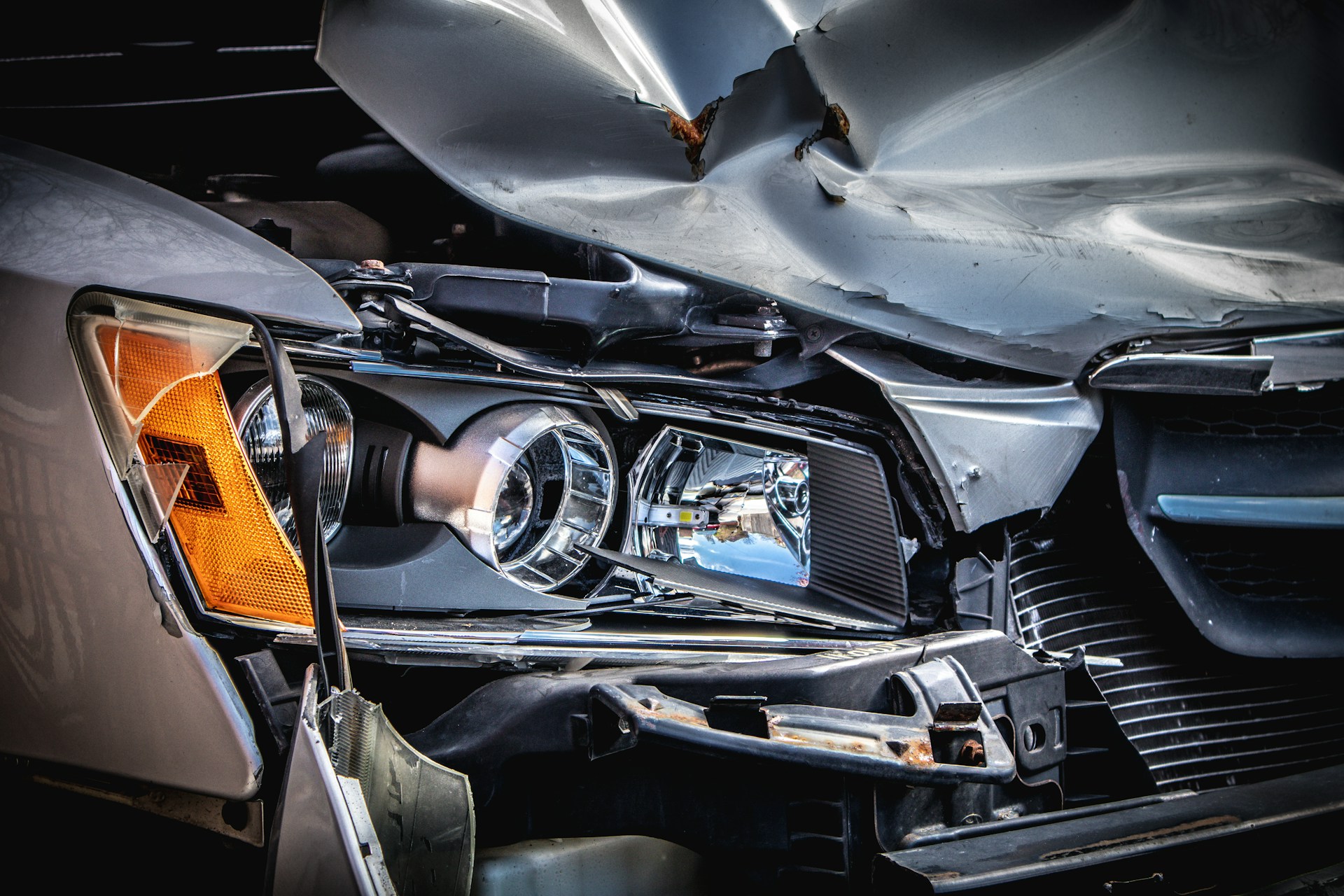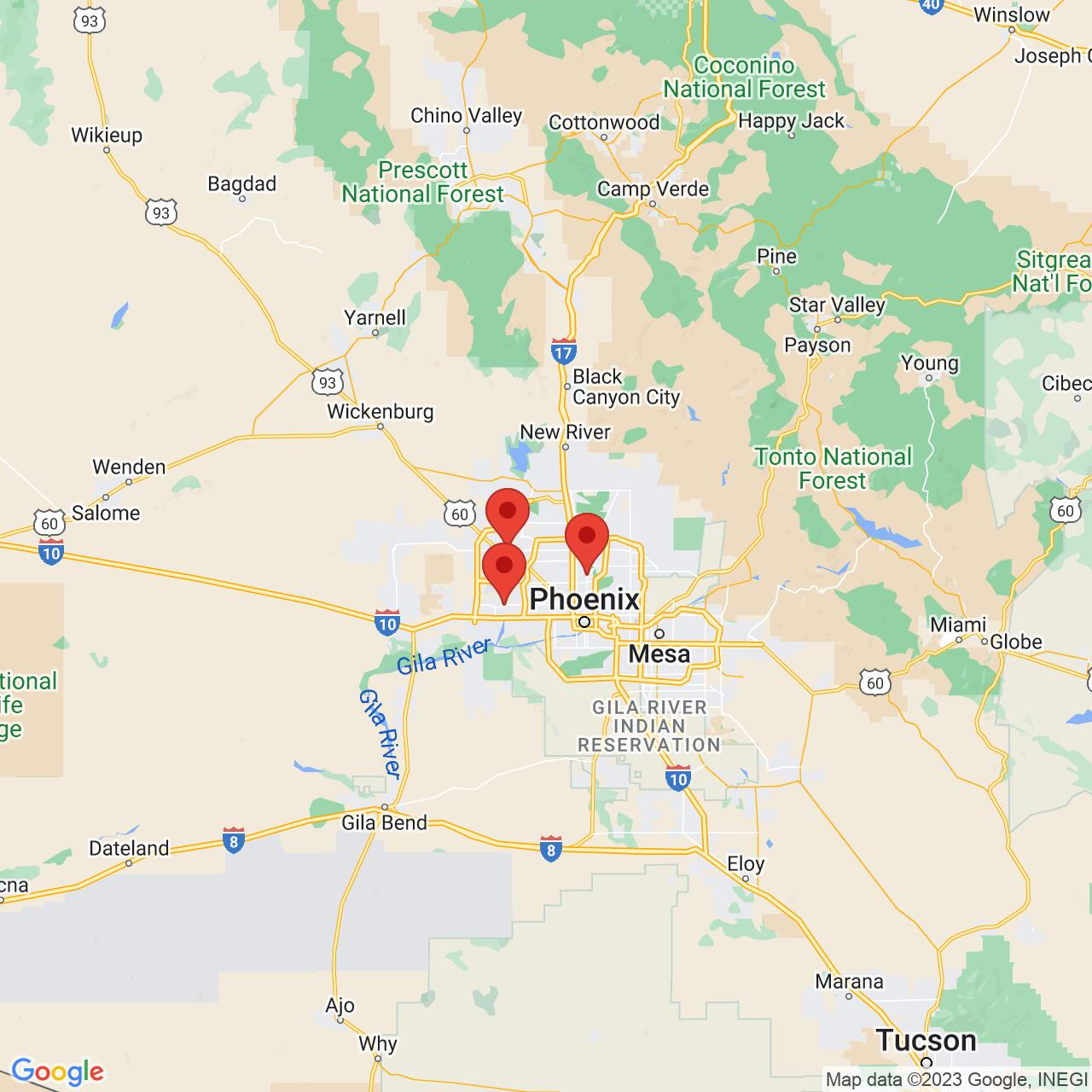
Car accidents happen every day. In Arizona, there are approximately 120,000 vehicle crashes each year, with 30% of these resulting in injuries. If you’ve been in a car accident, your knee-jerk reaction is likely to blame the other driver. In many cases, you’d be right.
In some crashes, however, it’s not the driver who’s to blame but the car. If the car has a defective part, understanding who’s at fault is much more difficult. Defective part car accidents can be complex, which is why turning to lawyers with experience in proving product liability in car accidents is essential.
Understanding Product Liability and How It Applies to Car Accidents
Product liability is a broad legal category that strives to protect consumers from oversight, errors, and negligence in relation to the products they buy. It can apply to practically any product.
When a vehicle malfunction or defect contributes to or causes a car accident, resulting in injury and property damage, the car’s manufacturer could be liable.
Types of Defects That Can Lead to Car Accidents
The kinds of defects that can lead to car accidents typically belong to one of three categories.
- Design defects mean a vehicle’s design is inherently unsafe. Think of cars that have a tendency to roll over when taking a turn. That’s a design defect that could cause significant injuries.
- Manufacturing defects are errors that occur during production and assembly. These result in unsafe and faulty vehicles.
- Failure to warn happens when a manufacturer does not sufficiently warn consumers about a car’s potential risks. This also includes failure to issue recalls when the manufacturer discovers a safety issue.
Examples of Specific Defective Products Involved in Car Accidents
Malfunctioning brakes tend to be some of the parts that cause the most accidents. If the brakes fail to engage, the car is not able to stop.
Malfunctioning tires are also a problem. You could lose control of the car if you experience a tire blowout, and you could also slide off the road. In the most severe cases, rollover accidents can occur because of malfunctioning tires.
Airbags that don’t deploy in time or at all could lead to fatalities or serious injuries. The same can occur if they deploy too early or with too much force.
The Legal Process for Pursuing a Product Liability Claim After a Car Accident
To pursue a liability claim, you have to prove that the defective product is what directly led to the accident and your injuries. You then have to prove that you sustained an injury. Medical records and witness statements are important for this reason.
You will need to gather evidence, like accident reports, to paint a clear picture of why the accident occurred. To pinpoint the defect that led to the collision, you’ll have to rely on automotive engineering and product safety resources.
Once you establish that a defective part caused the accident, you’ll have to negotiate with those at fault. Because of the difficulty of proving defective parts, you need to rely on a lawyer.
Investigating a Potential Claim
To prove that the product has defects that led to the accident, you and your lawyer have to look for signs and red flags in the way the car functions. This can involve eyewitness statements and any previous maintenance records the car has.
Doing research on whether the manufacturer issued recalls or if there are customer complaints can all be helpful in proving the car wasn’t safe.
It’s also essential to preserve as much evidence as possible from the accident. Take photographs and ask eyewitnesses to give their statements.
Perhaps the best thing you can do, however, is rely on a product liability attorney. In such complex cases as these, you have to have someone with experience helping you with the investigation.
Understanding Key Legal Concepts
You must understand two crucial legal concepts: strict liability and negligence.
In most personal injury cases, including the majority of car accidents, it’s up to you to prove that the other party was negligent. Examples would be if the person had been drinking or if they were distracted while driving.
With product liability claims, however, you don’t have to prove negligence. The burden of proof in a strict liability claim requires only that you show that the car part was defective and that it caused the accident.
In these kinds of cases, you have the chance to claim various types of damages. You can ask for compensation for medical expenses, including hospital bills, physical therapy, and medication costs. If your car was damaged or even totaled, you can also get compensation for property damage.
In cases where injuries prevented you from going to work and that resulted in lost income, you have the chance to ask for lost wages damages.
Another type of compensation you can get is pain and suffering, which addresses the emotional and physical distress you experienced because of the accident.
Arizona has comparative negligence laws.
This means that even if you were partly at fault for the accident, you can still receive compensation. Because your actions during the accident can affect your claim, it’s important to have a lawyer by your side to help you.
Specific Scenarios and Examples
Toyota faced a lawsuit after it was forced to recall millions of its cars because of a number of accidents and deaths resulting from a “sticky” accelerator pedal. The company paid $1.2 billion in settlements.
General Motors also faced a product liability lawsuit because of faulty gas tanks that led to six people being burned after a collision. The plaintiffs sued for $4.9 billion in punitive damages because they proved that GM knew about the defect.
In recent years, minivans like the Honda Odyssey earned a “poor” rating in backseat safety tests. Its rear seat belt allows the heads of passengers to come too close to the front seats during a collision. Toyota has also had to recall one million vehicles worldwide because of faulty airbags.
Product liability claims are poised to become even more complex with the advent of AI. Understanding who’s at fault when a vehicle is close to driving itself will likely be complicated. Product liability already faces challenges because of global supply chains, and that’s only going to get worse over time.
As if product liability isn’t complex enough, misconceptions about the process could keep you from getting compensation. One myth is that you can’t file a claim if a product’s warranty has expired. That’s not the case.
Even if the warranty expires, you can still ask for compensation if using the product leads to any kind of injury.
Another misconception is that if you modify the product, you can’t file a claim. That’s also false. Manufacturers and designers have to ensure that reasonable modifications to a product won’t result in injuries.
Resources and Support: Getting the Help You Need
You can turn to many resources for information on product liability issues and even car recalls. The Consumer Product Safety Commission, the Safer Products site, and the National Highway Traffic Safety Administration offer crucial information. There is even a hotline you can call if you need to report a product.
To find a qualified product liability lawyer, look into the experience a firm has with car accidents that resulted from a malfunctioning car part. Look at not only how many cases they’ve handled but how many they’ve won.
At Gerber Injury Law, we offer assistance for those who have suffered injuries because of an unsafe car. Contact us today to schedule a free consultation.


